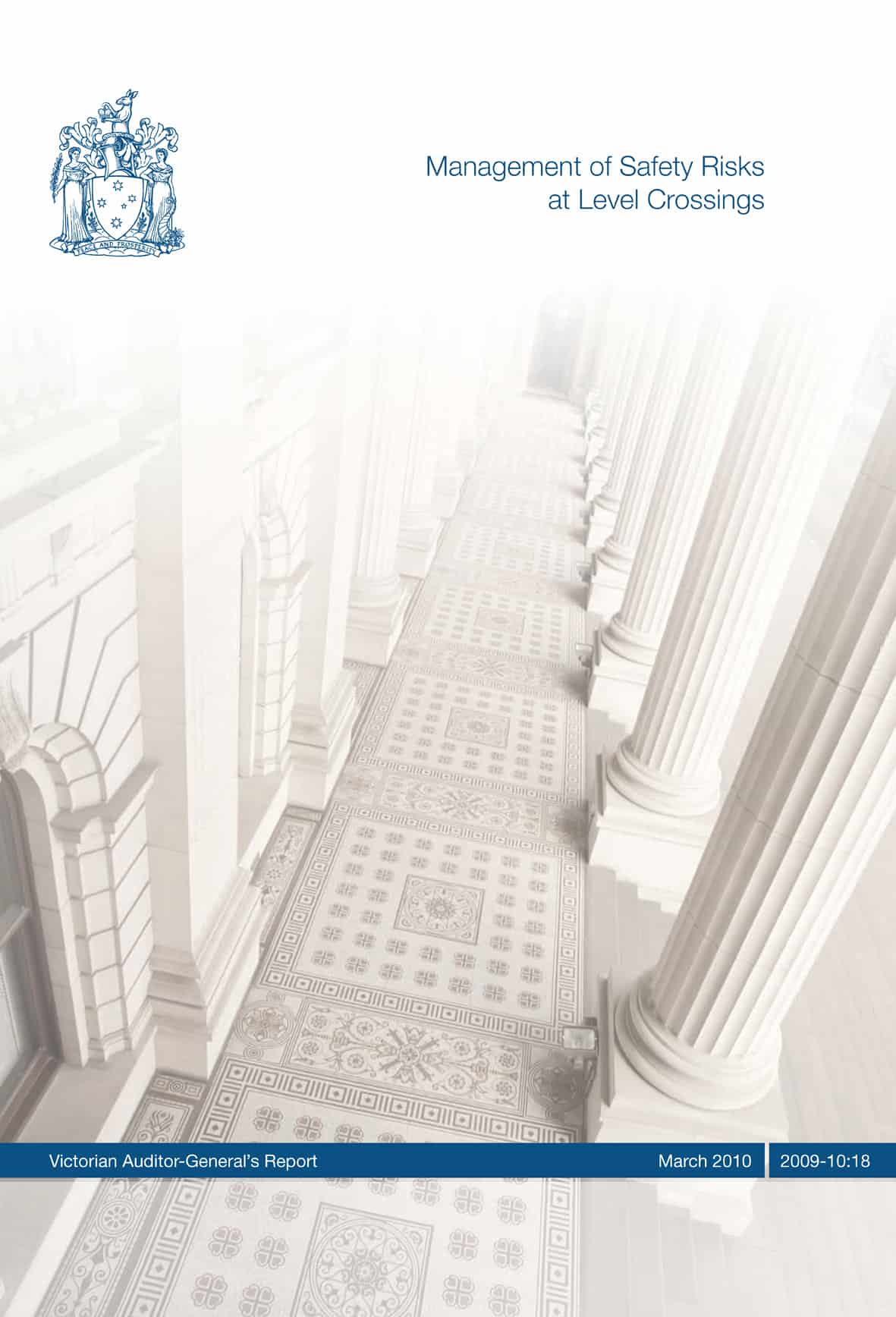One of the most powerful motivators for behavioural change in workplaces is the legislative obligation on employees to not put themselves at risk of injury nor to act in such a way as to place others at risk.
Reported in the Australian media on 31 March 2010, Fair Work Australia has ruled that employees in the fruit-picking industry may volunteer for work beyond the standard 38-hour week without receiving penalty rates or overtime. The union movement is understandably concerned about how this financially disadvantages workers and how this ruling may spread beyond the fruit-picking industry.
The ruling allows fruit-pickers to choose to work beyond their regular shifts. Will they be able to work safely? Will they not be fatigued? Will they have sufficient daylight to undertake the tasks safely? Will there be sufficient downtime for workers to recover from a long work day and be fit for work? Could the workers’ choice to undertake additional fruit-picking tasks be a breach of their OHS obligations to look after their own safety, health and welfare?
The employees may choose to ignore their own occupational health for the sake of additional dollars but should they then be eligible for workers’ compensation if the effects of those longer hours are found to have contributed to an injury or illness? Continue reading “Employees’ OHS responsibility and working beyond the maximum hours”

